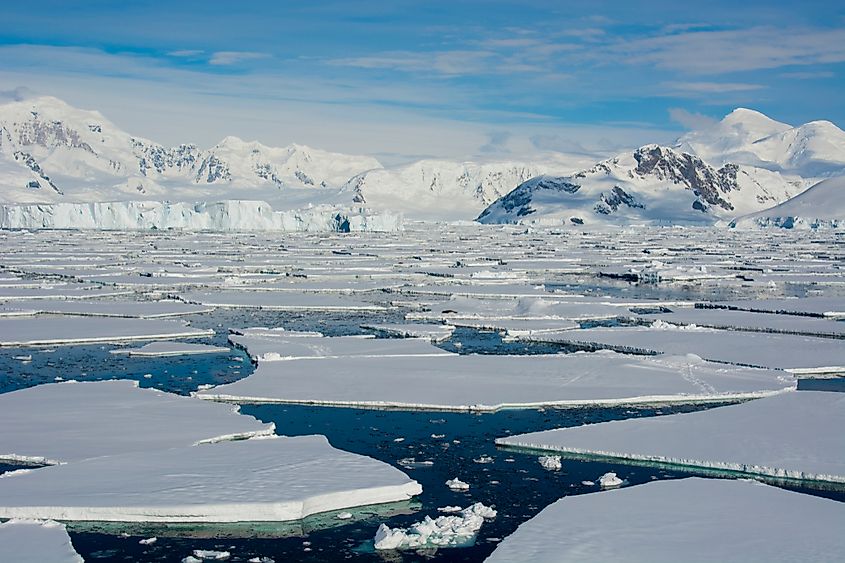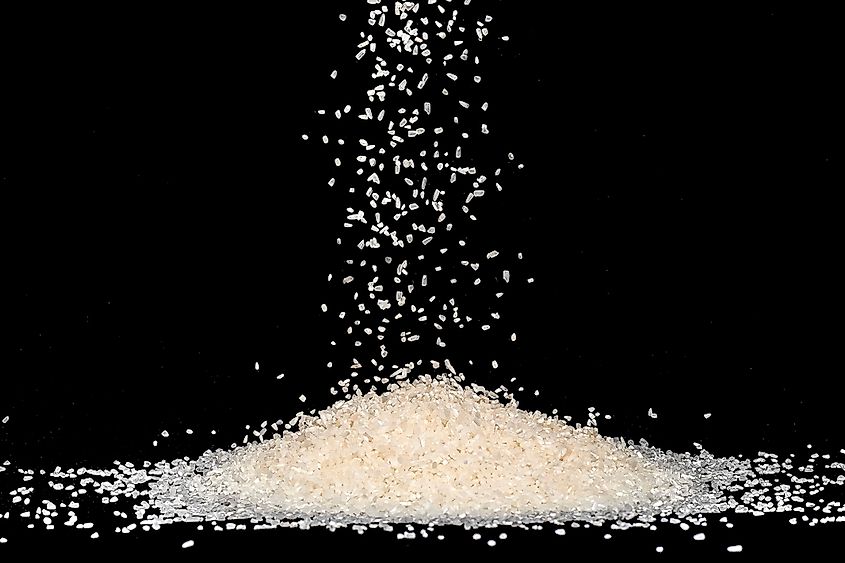These Solids Can Flow Like Liquids

- Granular materials are solids that can flow and behave like liquids.
- Examples of granular materials include sand, coffee, nuts, even corn flakes.
- Scientists consider things like icebergs or asteroids to be large granular materials, due to how they behave.
Playing with sand, you were sure to notice how it can flow like water, but we cannot consider it a liquid substance. Like most grains, it is regarded as a solid. What makes it so that it can flow like a liquid then? The reason being is that it is a granular material. A granular material is made up of solid macroscopic particles that interact with one another but lose energy while doing so.
The pieces that make up granular materials are large enough to the point that large changes in temperature do not affect them. There are a lot of examples of granular materials, like sand, snow, rice, coffee, and so on. We will talk about them in detail in the rest of this article.
What Are Granular Materials?

Granular material does not have an upper limit in size, so scientists consider icebergs and asteroids as being granular materials as well. Icebergs display the physical properties of granular materials during ice floes, and asteroids behave like that in asteroid belts. Both have a quality that makes them flow like water. Powders are also considered granular materials, but they are classified under a special category since their particles are of a much smaller size. That makes them a lot more cohesive than other granular materials, and due to their size, they can be suspended in gas more efficiently.
The physics of granular materials were initially explored by the soldier and physicist Ralph Alger Bagnold. He explored dunes and experimented with the way the sand flows through the desert. Scientists believe granular materials to be the second-most manipulated material in various industries, right after water. This makes sense seeing as how they exhibit similar physical characteristics, despite one being solid and the other liquid.
Examples Of Granular Materials
In a way, granular materials cannot be considered as having a single state of matter. They can display characteristics that can be attributed to liquids, gases, and of course, solids. We consider them to be complex systems due to this fact since they can behave in various ways when we apply force to them. One of those is the ability to flow like a liquid. Granular materials conduct stress in what we call force chains, which are formed by grains resting on one another.

There is a large number of solids that can flow like liquids; a lot of the things we stumble upon in our everyday lives are granular materials. Some of those examples are coal, rice, coffee, and fertilizers. Even corn flakes can be considered granular materials. When you pour them out of the box, they flow just like a liquid. Some other notable examples are, of course, snow and sand. Sand, in particular, is a no brainer. It can be considered to be a solid that is most similar to a liquid in its behavior. Another example from the world of food is nuts. Same as corn flakes, if we try pouring out a bag of nuts, they will behave like a liquid and exhibit a flow.











